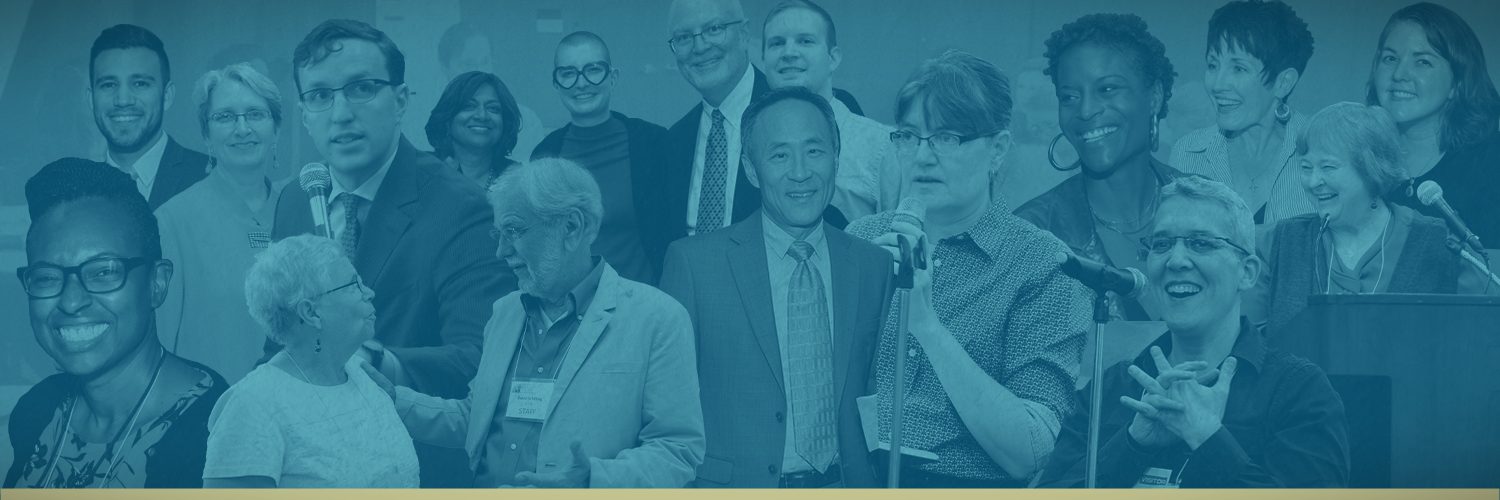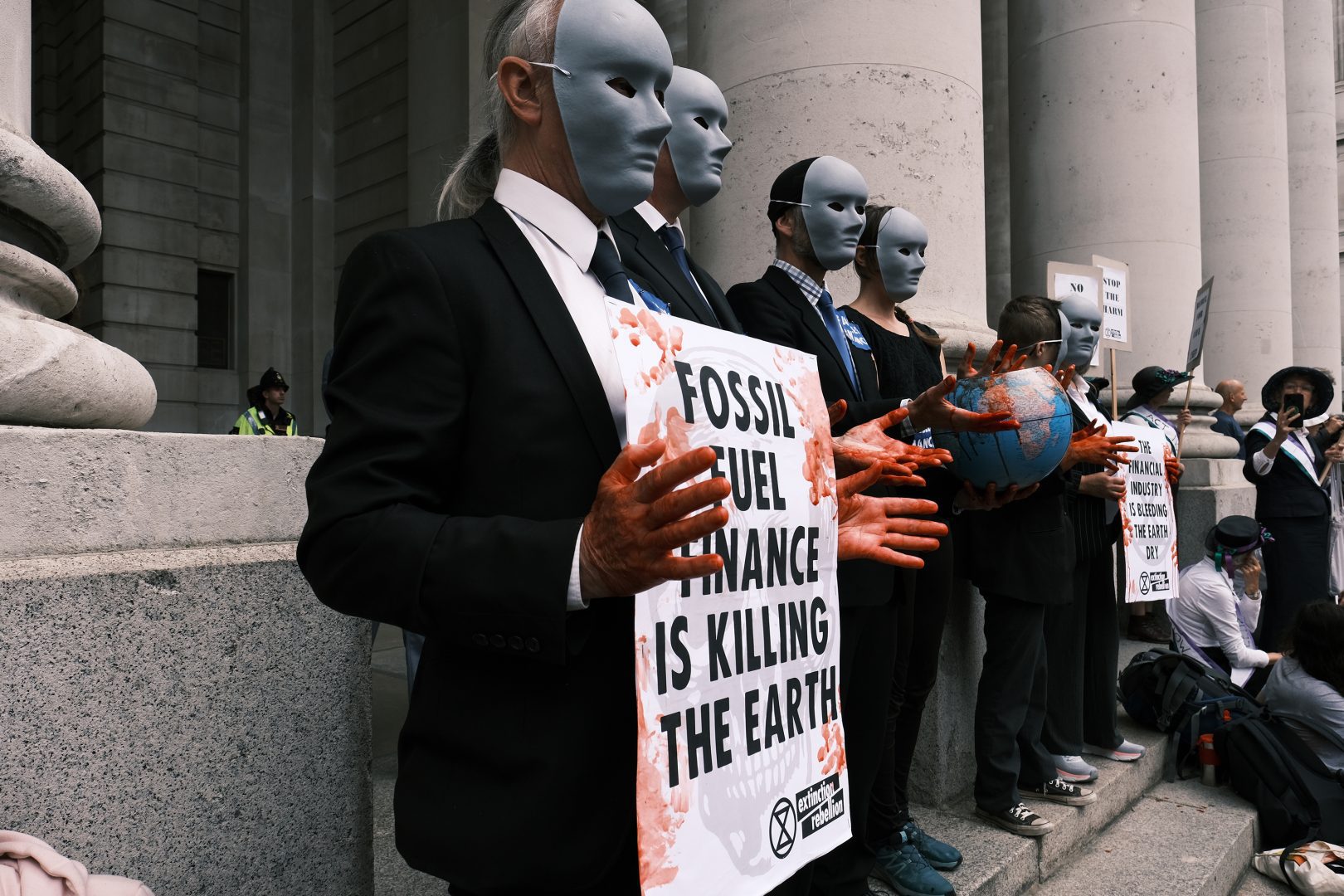COP21: A Giant Step Forward, or Just More Words?
22 December 2015
By Christina Herman
Most of us cheered at the conclusion of the COP21 in Paris, and breathed a great sigh of relief that this latest effort to reach global consensus on addressing climate change didn’t end in stalemate. For the first time, the world has a global agreement on climate change that involves nearly all countries and that has put in place elements essential to prevent dangerous warming. It is clear that the agreement is not enough to prevent the world from warming to the 2° degree limit, which is itself too high, but it is an essential step on the difficult path to climate – and social and economic – stability.
What is new since the 2009 failed Copenhagen agreement?
Nearly every country in the world signed the Paris COP agreement (196). 187 submitted INDCs (Intended Nationally Determined Contributions), which are national plans for greenhouse gas (GHG) reductions. There is now broad acceptance that climate change knows no borders and we are all affected by the impacts. In addition, it has become clear that it is not possible to fix the climate without the bigger emitters agreeing to take action. Skillful diplomacy leading up to the Paris summit created a coalition of developed and developing countries, breaking the previous political impasse between the two, and focusing everyone on the need for action.
Today, developed countries account for less than 35% of total emissions – a number that is falling. Developing countries currently account for 65% of total emissions. Without the full participation of major developing country emitters such as China, India, Brazil, South Africa and Indonesia, we simply cannot fix the climate.
What the agreement does, and doesn’t do
The Paris agreement offers clear direction and establishes a long-term goal to prevent the adverse effects of climate change. Countries agreed to set landmark goals for taking action on climate change, aiming to keep temperature rise to well below 2 degrees C (3.6 degrees F) and to pursue efforts to limit global temperature increase to 1.5 degrees C (2.7 degrees F). Countries will aim to peak global emissions as soon as possible and have agreed to reduce emissions rapidly to reach net-zero GHG emissions in the second half of the century. They will do that taking equity, sustainable development and poverty into account.
The agreement is not binding, and will not solve the problem by itself, but it has put in place an important global consensus, as well as a mechanism to continue to ratchet up – and transparently monitor – commitments.
The moment in Paris extended far beyond the agreement itself. Cities and forests, business and finance – all these were part of the many initiatives and commitments that were launched or strengthened over the past two weeks. And they will be key to the solution as action moves forward with the energy generated by Paris.
There was strong support for an agreement from business, which is becoming increasingly concerned about the impacts of climate change on their operations and global supply chains. On the day the COP opened, 20 countries and 27 representatives from the private sector announced a multi-billion dollar clean energy fund and commitment to increase R&D investments, which gave a major boost to the talks. More than 114 companies committed in the months leading up to Paris to set emissions reduction targets in line with science based targets, using what scientists say is necessary to keep global warming below 2 degrees C. New commitments continue to be made in the wake of the talks, as the corporate sector anticipates policies to incentivize a de-carbonization of the economy.
What was in the agreement?
 Current World Emissions Path: Yellow shows country climate pledges, blue shows the path we must be on.
Current World Emissions Path: Yellow shows country climate pledges, blue shows the path we must be on.
- Countries will take stock every five years, to look at the latest science, and to ramp up their commitments accordingly. Countries have agreed that their mitigation plans will represent a progression beyond their previous efforts.
- In Paris, countries agreed on a transparent system to facilitate action, to track progress and to ensure compliance with carbon emission reductions. Through an enhanced transparency framework all countries will be required to report on their emissions and track progress on achieving their nationally determined targets regularly. The information provided by all parties will be subject to an expert review and facilitative multilateral consideration of progress.
- Adaptation is now on par with mitigation. The agreement creates a cycle of action for strengthening adaptation efforts regularly, similar to the mitigation cycle.
- For the first time, the concept of loss and damage, referring to the serious impacts of climate change when mitigation and adaptation fail, was included in the agreement. It is not legally binding but it has been recognized as separate from adaptation, and makes permanent the Warsaw International Mechanism (WIM) on Loss and Damage, established two years ago to find ways to address these issues.
- Finance: The level of US$ 100 billion through 2025, will be the floor for support from developed countries for aid to help poor countries mitigate and adapt to climate change. From this floor, countries will scale up. The agreement also states that all financial flows – public and private – need to be shifted from high to low emission activities, and risky to resilient investments. After 2025, governments will adopt a new, higher, collective goal, though the extent to which finance will increase, and who will mobilize it, is a significant outstanding question. The agreement opens the door for developing countries to provide support to their peers, recognizing that some developing countries are already doing so.
- Capacity building: For the new international climate agreement to be universal, countries acknowledged that effective capacity building is vital to enable developing countries to take strong climate action. To elevate this issue, countries established the new Paris Committee on Capacity Building to oversee a work plan to enhance capacity building. The Committee will identify capacity gaps and needs, foster international cooperation and identify opportunities to strengthen capacity for climate action.
- Legal form: The Paris agreement is a universal, legal agreement under the UNFCCC, with the participation of all countries. It will be open for signature next April, and will come into force in January 2020. Notably, the agreement contains a strong, legally binding framework for reporting, transparency and review of implementation, capable of driving greater ambition to tackle climate change. The establishment of a mechanism to facilitate implementation and promote compliance will provide further assurance of parties’ actions.
 Current World Emissions Path: Yellow shows country climate pledges, blue shows the path we must be on.
Current World Emissions Path: Yellow shows country climate pledges, blue shows the path we must be on. 



